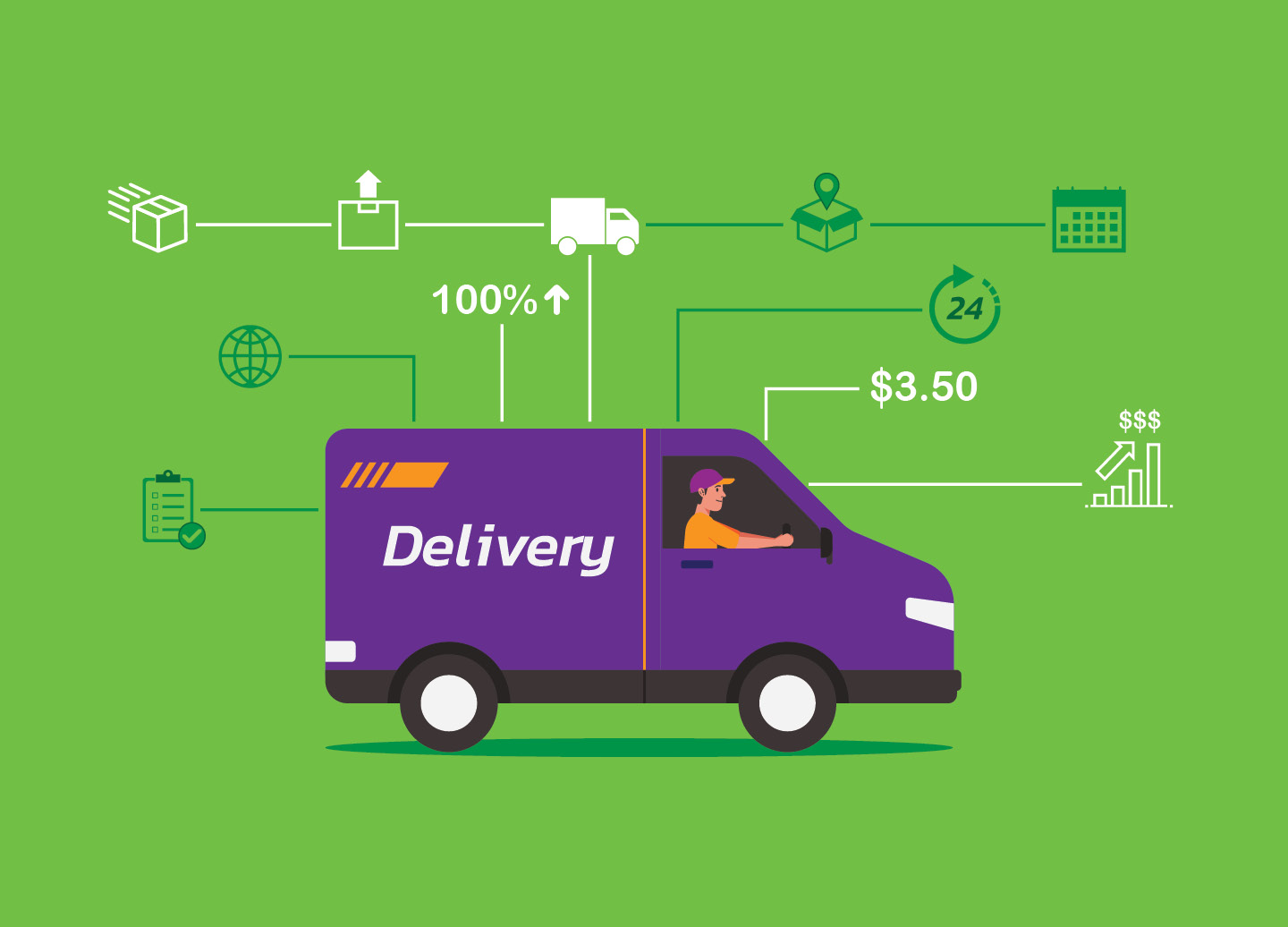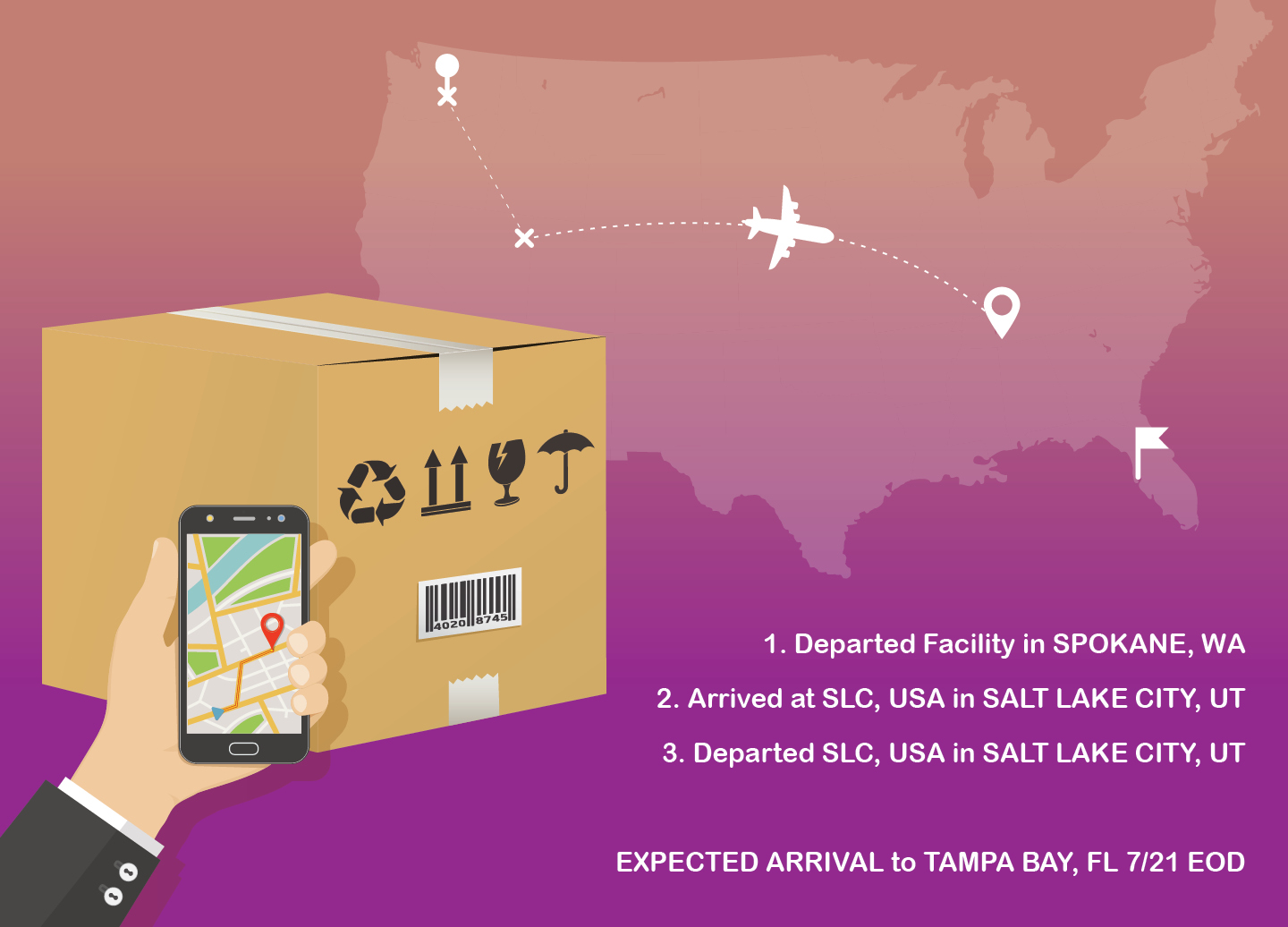Read on for how FedEx’s new surcharges will affect your shipping costs.
Just recently, FedEx announced both a continuance and increase of several of its peak surcharges. These increases are set to go into effect June 21st and will affect additional handling surcharges, peak surcharges and residential delivery charges. At this time, they will all continue indefinitely.
Here are the highlights:
- The Additional Handling surcharge (AHS) will increase from $3.00 to $3.50 per package and will be applicable to U.S. Express Package Services, U.S. Ground Services, International Ground Service.
- The surcharge on FedEx Ground Economy will increase from $.75 to $1.00 per package.
- The Oversize surcharge of $30.00 that came into effect on Jan 18, 2021 affecting domestic Express, Ground and international Ground services will be left in place.
- Residential Delivery surcharge will see an increase from $.30 to $0.60 per package (an increase of 100%!) and will apply to FedEx Express and FedEx Ground U.S. domestic residential packages (excluding FedEx Ground Economy and FedEx One Rate packages).
Many shippers will be affected by these increases, but those most affected will be businesses that ship residential or DTC, depending on Ground Economy to curb costs for non-urgent shipments. Bill Schroeder, president of ProShip Inc. says, “2020 saw the introduction of completely new surcharges that essentially result in dynamic pricing. When you factor in the capacity constraints that the carriers imposed on large shippers, you have a very fluid and dynamic environment. A proposed parcel execution system needs to balance volumes, incorporate dynamic surcharge changes, and leverage carriers to successfully deliver to customers. Simple ‘best rate’ selection of a carrier’s service is completely inadequate in today’s environment.”
Looking for a fulfillment strategy for battling these mounting surcharges? Carrier Diversification.
Following the impact that the pandemic had on supply chains across the country, it is essential to implement an expanded shipping network comprised of multiple carriers. Onboarding new carriers to diversify your mix consists of identifying the right carrier partners who meet your shipping needs. The ideal balance of carriers will allow shippers to reduce transportation spend and still meet customer shipping deadlines. On the finance side, shippers will still meet their minimum contract-required spend amount and stay below the volume shipping thresholds prompting additional surcharges. Carrier Volume Balancing doesn’t have to be hard either – a top-tier parcel shipping software can leverage your data to make automated decisions for where and how to ship.
Based on recent FedEx comments, now is the time to diversify. FedEx Chief Marketing and Communications Officer, Brie Carere, shares, “As we plan for peak of fiscal year 2022, our peak surcharges will continue to play a critical role.” ProShip shipping experts share that UPS is likely to follow in FedEx’s footsteps with similar increases. With national carriers justifying surcharges as necessary to cope with the spike in e-commerce, they likely won’t disappear until consumers return to some sort of normalcy – a relative unknown with the current trends.
Reach out now to learn more about using multi-carrier shipping software to gain capacity and optimize your shipping costs!
Learn More…

 Back to Blog
Back to Blog






